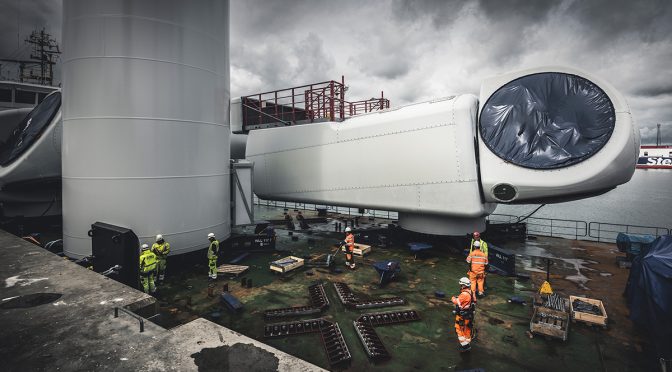
Wind power has been harnessed for centuries, from the earliest windmills in Persia to the modern wind turbines that dot the landscape in many countries today. As the world continues to grapple with the effects of climate change and the need for clean, renewable energy sources, wind power has emerged as a key player in the global energy mix. And as technology advances, so too does the potential for wind power to become an even more significant source of electricity. In this article, we will explore some of the latest innovations in wind turbine technology that are poised to revolutionize the industry and usher in a new era of wind power 2.0.
One of the most significant advancements in wind turbine technology is the development of larger, more efficient turbines. As turbines grow in size, they are able to capture more wind energy and convert it into electricity. This not only increases the overall efficiency of the wind farm but also helps to drive down the cost of wind energy, making it more competitive with traditional fossil fuel-based power sources. In recent years, we have seen the introduction of turbines with rotor diameters exceeding 150 meters and hub heights of over 100 meters, which are capable of generating up to 10 megawatts (MW) of power. These giant turbines are a far cry from the small, 50-kilowatt machines that were common just a few decades ago.
Another important innovation in wind turbine technology is the use of advanced materials and manufacturing techniques. Modern turbines are constructed using lightweight, high-strength materials such as carbon fiber composites, which allow for larger, more efficient blades that can withstand the immense forces generated by the wind. Additionally, advanced manufacturing techniques such as 3D printing are being utilized to create more precise and complex components, leading to improved performance and reduced maintenance requirements.
Offshore wind power is another area where significant advancements are being made. Traditionally, offshore wind farms have been limited to relatively shallow waters, where turbines can be anchored to the seabed using fixed-bottom foundations. However, new floating wind turbine technology is opening up the possibility of harnessing the powerful winds found in deeper waters, which are often more consistent and stronger than those found closer to shore. Floating turbines are anchored to the seabed using mooring lines and can be installed in water depths of up to 1,000 meters, greatly expanding the potential for offshore wind power.
In addition to these hardware innovations, advancements in software and data analytics are playing a crucial role in the evolution of wind power. Modern wind turbines are equipped with a multitude of sensors that collect vast amounts of data on everything from wind speed and direction to temperature and humidity. This data can be analyzed in real-time to optimize the performance of individual turbines and entire wind farms, ensuring that they are operating at peak efficiency. Furthermore, predictive analytics can be used to anticipate potential maintenance issues before they become critical, reducing downtime and associated costs.
Finally, as wind power continues to grow in importance, efforts are being made to integrate it more seamlessly into the existing power grid. This includes the development of advanced energy storage solutions, such as grid-scale batteries, which can store excess wind energy during periods of high production and release it when demand is greater. Additionally, smart grid technology is being employed to better manage the variable nature of wind power, ensuring that it can be effectively balanced with other energy sources to maintain a stable and reliable electricity supply.
In conclusion, the wind power industry is undergoing a period of rapid innovation and growth, driven by advancements in turbine technology, materials, and data analytics. As these innovations continue to be refined and implemented, the potential for wind power to play an even greater role in the global energy mix becomes increasingly apparent. With the urgent need for clean, renewable energy sources to combat climate change, these developments in wind power technology are both timely and essential.